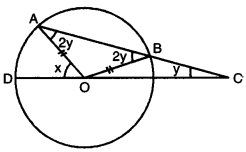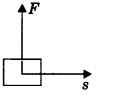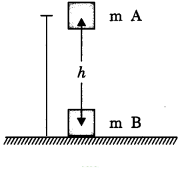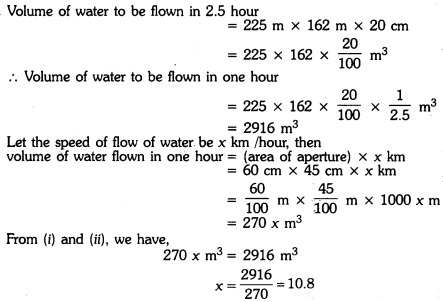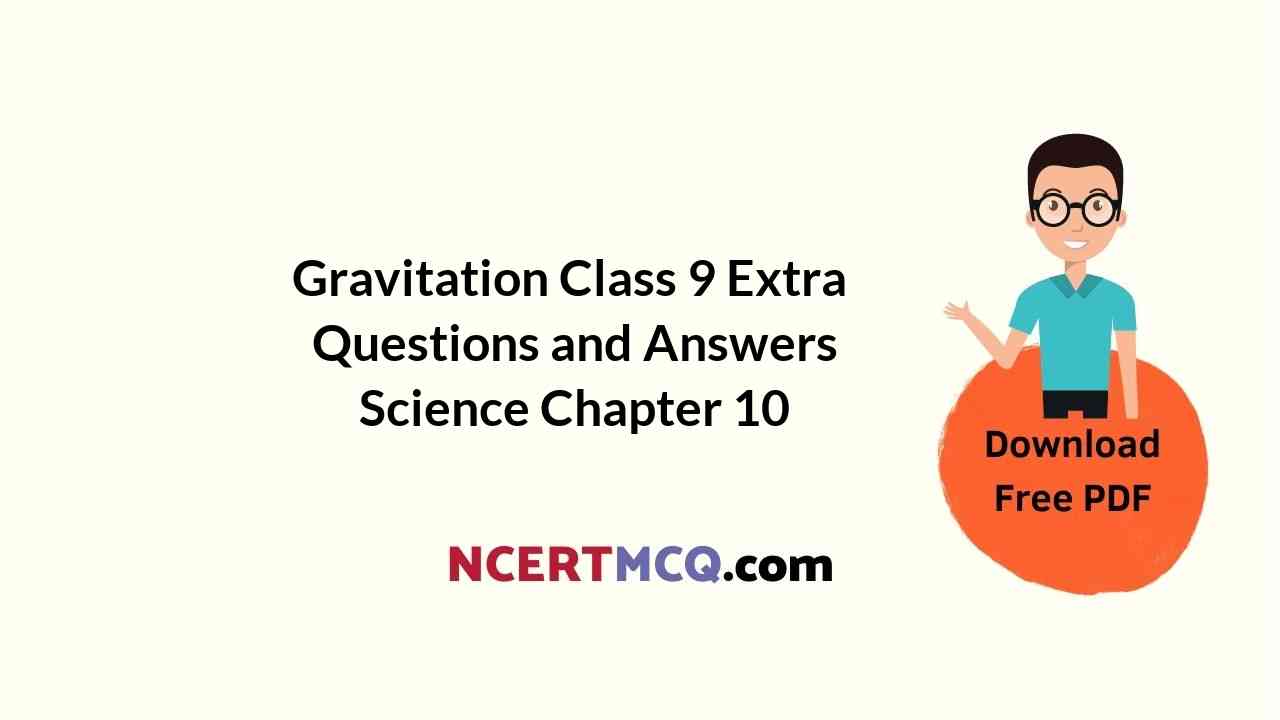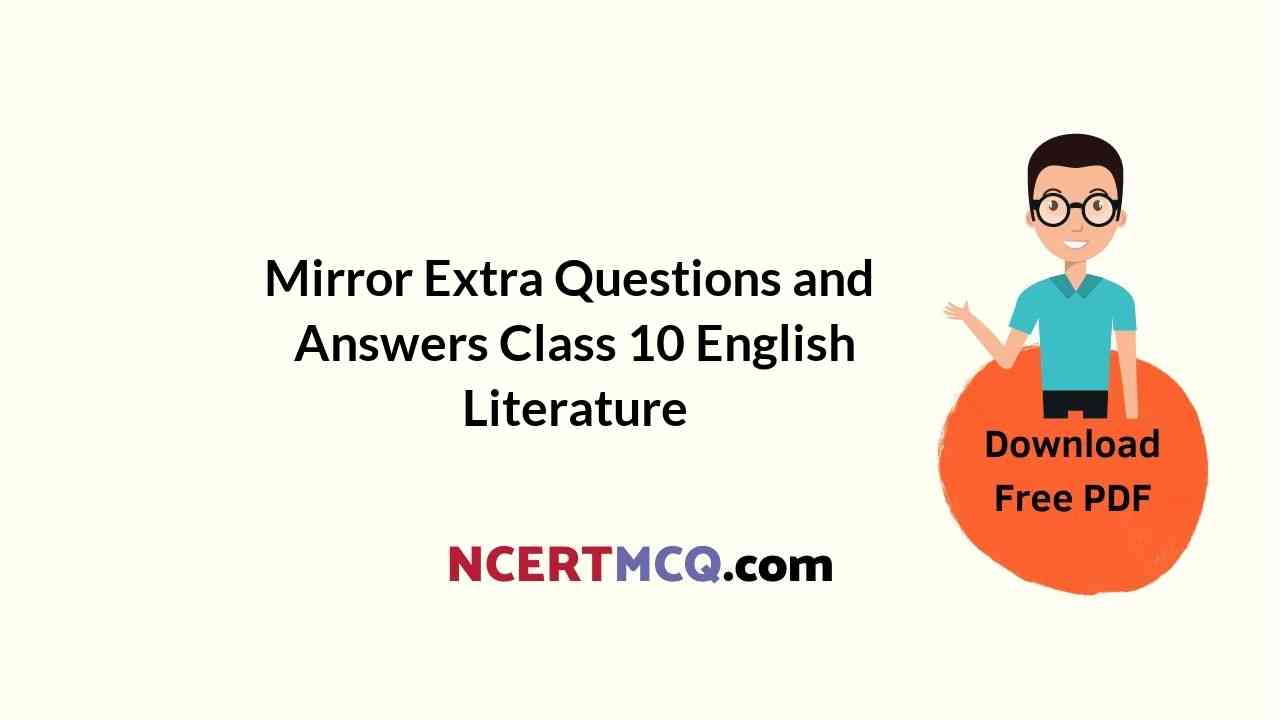In Online Education NCERT Solutions for Class 9 English Beehive Poem Chapter 6 No Men are Foreign are part of NCERT Solutions for Class 9 English. Here we have given NCERT Solutions for Class 9 English Beehive Poem Chapter 6 No Men are Foreign.
| Board | CBSE |
| Textbook | NCERT |
| Class | Class 9 |
| Subject | English Beehive (poem) |
| Chapter | Chapter 6 |
| Chapter Name | No Men are Foreign |
| Category | NCERT Solutions |
Online Education NCERT Solutions for Class 9 English Beehive Poem Chapter 6 No Men are Foreign
I. COMPREHENSION QUESTIONS
Read the extracts given below and answer the questions that follow each :
1. Remember, no men are strange, no countries foreign
Beneath all uniforms, a single body breathes Like ours : the land our brothers walk upon
Is earth like this, in which we all shall lie. (Page 80)

Questions
(a) What is there under all uniforms ?
(b) Where do brothers walk ? How is it ?
(c) What shall all do to the earth ?
(d) Give the poetic debice used in the third line.
Answers
(a) A single body breathes under all uniforms.
(b) They walk on the land. It is the same everywhere.
(c) We all shall lie in it.
(d) It is ‘simile’.
2. They, too, aware of sun and air and water,
Are fed by peaceful harvests, by war’s long winter starv’d,
Their hands are ours, and in their lines we read
A labour not different from our own. (Page 80) (CBSE)

Questions
(a) What feeds them ?
(b) Why is war’s long winter starved ?
(c) Explain : ‘in their lines we read…
(d) Give the meaning of1 aware’.
Answers
(a) The harvests grown and growing in peaceful times feed them.
(b) Due to war there is everything short in supply. So people suffer or die in war times.
(c) It means the lines of luck that astrologers read in one’s palm.
(d) It is ‘to know’.
3. Remember they have eyes like ours that wake
Or sleep, and strength that can be won
By love. In every land is common life
That all can recognise and understand. (Page 80) (Imp.) (CBSE 2016)

Questions
(a) Who are ‘they’ in the first line ?
(b) Which poetic device is used in line 1 ?
(c) What do ‘they’ have in common ?
(d) Write the antonym of the word, ‘strength’.
Answers
(a) They are the people living in other places and/or countries.
(b) It is ‘simile’ used in like 1.
(c) They have eyes, sleep etc, in common.
(d) It is “weakness’.
4. Let us remember, whenever we are told
To hate our brothers, it is ourselves
That we shall dispossess, betray, condemn
Remember, we who take arms against each other. (Page 80) (V. Imp.) (CBSE)

Questions
(a) What are we told of ? By whom ?
(b) What shall happen if we hate our brothers ?
(c) What shall happen to the earth ?
(d) Give the antonym of ‘remember’.
Answers
(a) We are told to hate our brothers by those who have a narrow outlook of life.
(b) If we hate our brothers we shall deprive ourselves of what we are. This will mean self-betrayal or self-condemnation.
(c) The earth shall be defiled.
(d) It is ‘forget’.
5. Remember, we who take arms against each other
It is the human earth that we defile.
Our hells of fire and dust outrage the innocence
Of air that is everywhere our own,
Remember, no men are foreign and no countries strange. (Page 80) (Imp.) (CBSE)

Questions
(a) When do we defile the earth ?
(b) How is the air ? How is it insulted ?
(c) What should we remember ?
(d) Give the meaning of ‘defile’.
Answers
(a) When we take arms against each other, we defile the earth.
(b) It is full of innocence. It is insulted when there occur wars or hatred controls the minds of the people.
(c) We should remember that no men are foreign and no countries strange.
(d) It is ‘to make dirty’.
II. TEXTUAL QUESTIONS
(Page 81)
Thinking About the Poem
1. (i) “Beneath all uniforms…” What uniforms do you think the poet is speaking about ?
(ii) How does the poet suggest that all people on earth are the same ?
2. In stanza 1, find five ways in which we all are alike. Pick out the words.
3. How many common features can you find in stanza 2 ? Pick out the words.
4. “… whenever we are told to hate our brothers…” When do you think this happens ? Why ? Who ‘tells’ us ? Should we do as we are told at such times ? What does the poet say ?
Answers
1. (i) The poet is speaking about ‘uniforms’ as different nationalities all over the world,
(ii) He suggests that a single human body breathes beneath different nationalities.
2.
- No men are strange.
- No countries foreign.
- A single body breathes beneath all uniforms.
- The land is the same everywhere.
- The land is the same where all shall lie.
The words are : A single body breathes, the earth is like this etc.
3.
- They are aware of sun, air and water.
- They Are fed by peaceful harvests.
- Their hands are ours.
- Their lines in the palms are the same as these (there) are in our hands.
The words are : They, too, are aware of sun and air and water ; are fed by peaceful harvests, their hands are ours etc.
4. Sometimes, some persons with vested interests incite the masses. Due to this we start hating our brothers. They do so to serve their own selfish interests. They tell us to create riots. We should not do so as we are told. Instead, we should remain peaceful. If we obey them, we help them in their anti-social activities. This will mean a great loss to the people and the country.
The poet says that all the human beings of the world are our brothers and sisters. We should love them all. We should not fight with them as enemies. They are our own.
We hope the NCERT Solutions for Class 9 English Beehive Poem Chapter 6 No Men are Foreign help you. If you have any query regarding NCERT Solutions for Class 9 English Beehive Poem Chapter 6 No Men are Foreign, drop a comment below and we will get back to you at the earliest.













